Over the last year, the pace of Google's Android deployment, already very slow, actually rolled backward by 20 percent over the previous year. Google is leading Android and Chrome toward stagnant beleaguerment.
Last year's optimism at Google I/O 2015 was clearly misplaced. Since then, Android has lost more ground within premium smartphones, has failed to create an attractive tablet platform and was unable to gain much traction for its latest new video gaming initiative. A larger problem, however, is that very few are even getting the new Android software Google releases each year.
Android's software deployment pace is slipping backward
Last year's summary of Google I/O 2015 noted that less than a tenth (9.7 percent, according to Google) of Android's active installed base had upgraded to Android 5.0 Lollipop, which had been introduced the prior year (around the time of iOS 8).
Source: GoogleAnother 39.8 percent were using 2013's Android 4.4 KitKat, then two years old (comparable to iOS 7), and 39.2 percent were still on some version of Jelly Bean, which dated back to 2012 (like iOS 6). Another eleven percent were stuck using software that was from 2011 or older. Those numbers were so dismal that it looked like Google could only improve on them.
It hasn't. Instead, a year later it can only report that 7.5 percent of its active base using Google Play are running its year old Android 6 Marshmallow (a 20 percent decrease in deployment success).
Further, only 35.6 percent are now running a two year old Android (a 10 percent decrease) and only 32.5 percent are now running a three year old Android (a 17 percent decrease). The remaining 24.4 percent are now using software
Back in 2013, Apple began charting its own iOS deployment, showing that 93 percent of users were then on its latest, year old iOS 6. Back then, things looked rough for Android because "only" 33 percent of Google Play users were on Google's latest version of Android. Today Google's ability to keep its platform modern has deteriorated even more dramatically. How is that even possible?
Peak Phone is a big problem for Android
For one thing, growth in the smartphone market has been cooling off, and even disappeared entirely in some markets over the last year. Shipments of all smartphones grew by 282 million in 2014 (growth of nearly 28 percent) but only 131.2 million in 2015 (just ten percent growth). During 2016, overall sales are expected to be completely flat.
The rapid growth of Android's smartphone unit volumes that was expected to at some point result in a more desirable platform target for app developers compared to iOS is now gone. But it's not just the volumes that are missing. It's also the value of each unit sold.
Since 2010, the average selling price of Apple's iPhones has consistently remained within $50 of $700. In contrast, the ASP of Android phones has plummeted from $441 down toward $250. While iPhones used to sell at a $260 premium over the average Android, they're now selling at over a $400 premium. However, that's only looking at averages across the entire portfolio of phones being sold.
Google aimed at the low end, Samsung aimed at premium, both failed
The price of premium Android phones hasn't really been going down. Over that same period of time, Samsung's Galaxy S and Note models have carried retail prices similar to or higher than Apple's newest iPhone.
The reason Android's ASP is plummeting is that an increasing proportion of devices are being sold in the mid-grade or low-end tiers. If Android were actually delivering modern phones at lower prices, new users would be cost effectively gaining access to the latest Marshmallow. They're clearly not. Android 6 Marshmallow was not a high powered release targeting only expensive, premium Android phones
Android 6 Marshmallow was not a high powered release targeting only expensive, premium Android phones. In fact, the primary stated focus of that release was to enable basic phones for emerging markets to rapidly bring modern Android features to market via low cost hardware, an initiative Google's chief executive Sundar Pichai outlined as "Android One" for the "next billion users."
Android One turned out to be a huge flop. The fact that Marshmallow reached a new low for first year penetration of an Android release illustrates how badly Google has failed to achieve its stated objectives.
While Google failed to deploy modern Android via low end devices, Samsung failed in its efforts to expand into the premium tier. During its launch quarter ending in March, Galaxy S7 reached 9 million shipments, a slim fraction of the company's overall smartphone quarterly shipments of more than 80 million.
Outside of its top tier models, Samsung rarely bothers to upgrade many of its other middle tier devices, and mobile carriers often slow down the update cycle even further. In just one example, Verizon Wireless— a top tier U.S. carrier— is currently promoting Samsung's Galaxy S5, a phone that still ships with Android 4.4 KitKat. Remember that half of Android's global shipments are made by Samsung.
Old versions of Android mean that the strategic features Google rolls out each year are not being broadly deployed. Apple does not have this problem, enabling it to rapidly shift its users to new services and quickly roll out new API features its third party developers can immediately use. That's attracting iOS development and building Apple's own Services growth.
What solutions to this increasing issue did Google offer at IO? One appeared to be Instant Apps, a mechanism it plans to roll out later this year that will enable components of apps to launch and run on systems dating back to Jelly Bean, reaching at least 75 percent of Google Play's active users. A second article examines the issues Instant Apps seek to address.
 Daniel Eran Dilger
Daniel Eran Dilger
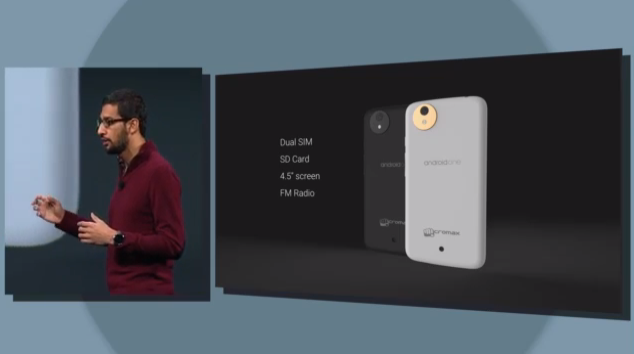
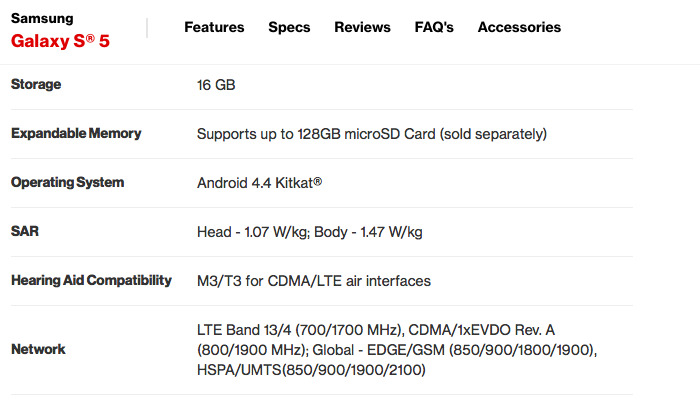
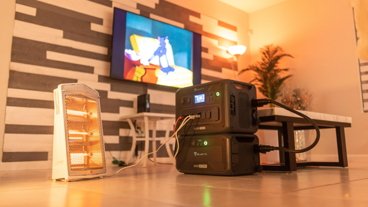

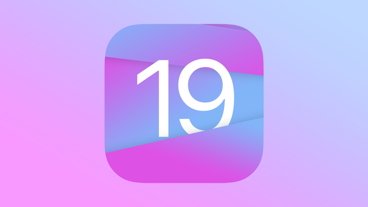
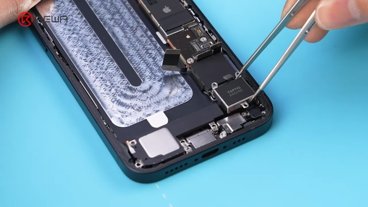
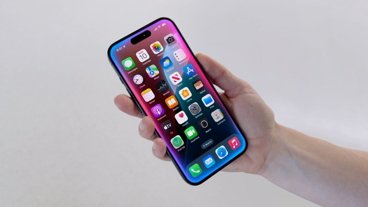
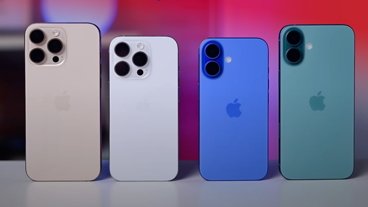

-m.jpg)





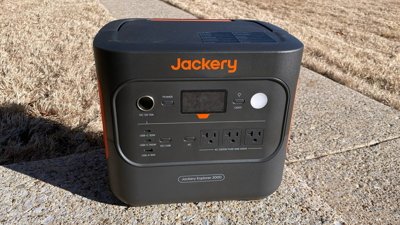
 Brian Patterson
Brian Patterson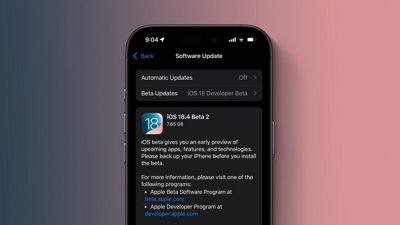
 Marko Zivkovic
Marko Zivkovic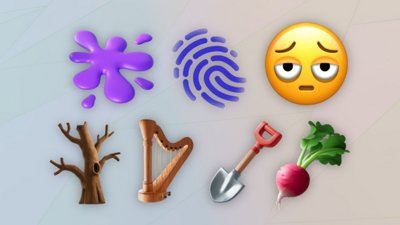
 Malcolm Owen
Malcolm Owen
 William Gallagher and Mike Wuerthele
William Gallagher and Mike Wuerthele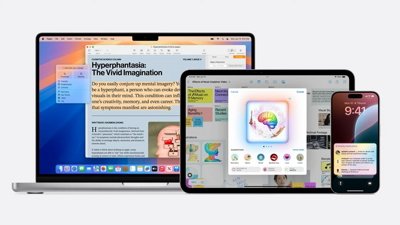
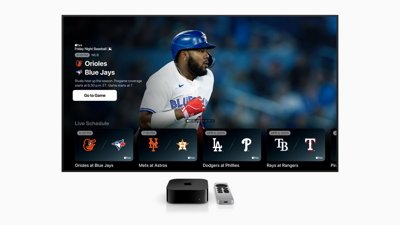

 Andrew O'Hara
Andrew O'Hara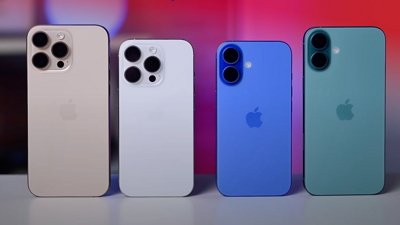
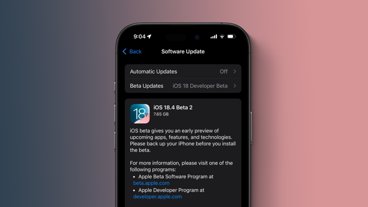
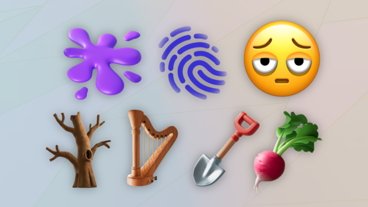
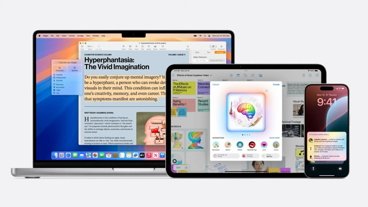
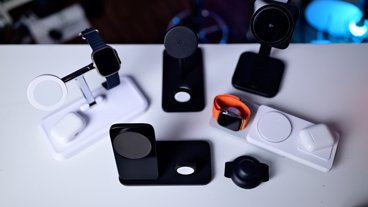
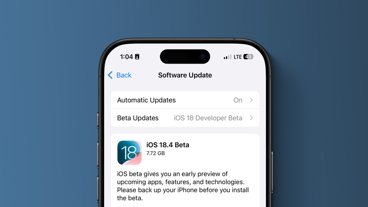
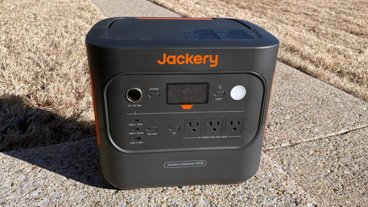
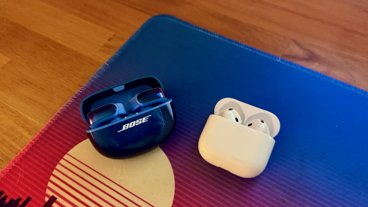
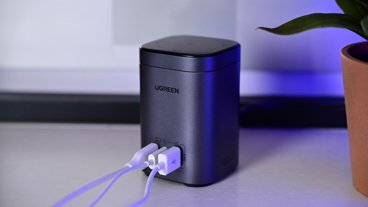

42 Comments
Love reading a DED truth piece.
Let the knockoff devices bleed.
Well, hey, at least Google has Google Glass to fall back on.
Oh. Yeah. No.
How about Apple buys Overture's original search algorithms and makes them open source? And then makes Adblock Plus an integrated part of Safari. Yes please!